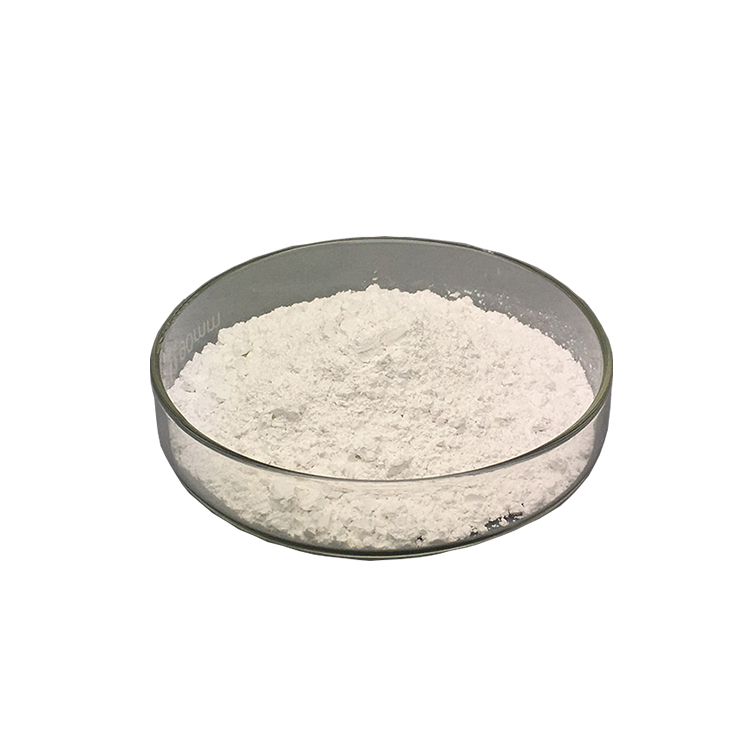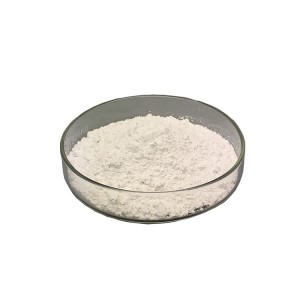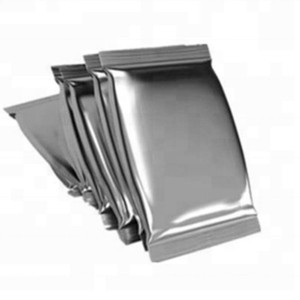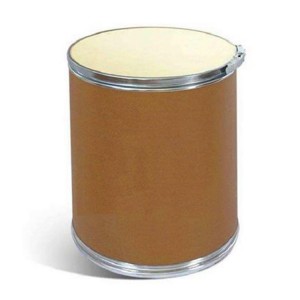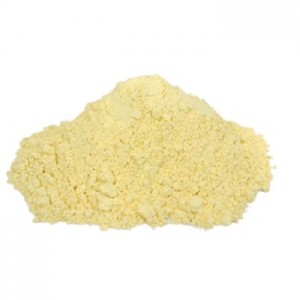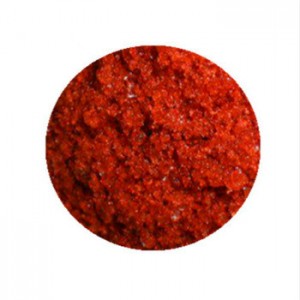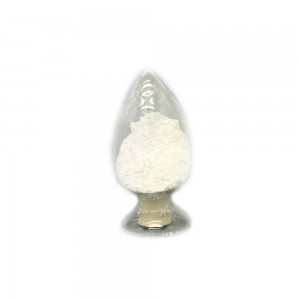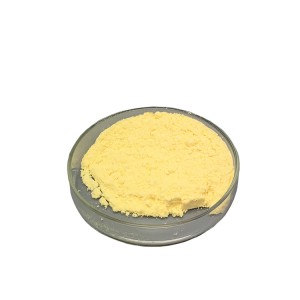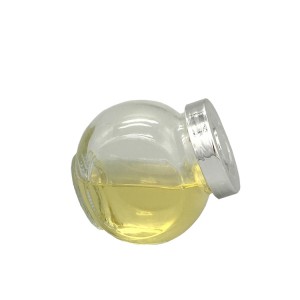Factory supply High quality Gallic Acid CAS 149-91-7 anhydrous and monohydrate
Factory supply High quality Gallic Acid CAS 149-91-7, anhydrous and monohydrate
Gallic acid is widely found in plants such as rhubarb, big leafhopper, and hawthorn. It is a polyphenolic compound found in nature and has a wide range of applications in food, biology, and chemical industries.
Gallic acid is a trihydroxybenzoic acid with the formula C₆H₃CO₂H. It is classified as a phenolic acid. It is found in gallnuts, sumac, witch hazel, tea leaves, oak bark, and other plants. It is a white solid, although samples are typically brown owing to partial oxidation. Salts and esters of gallic acid are termed "gallates".
Factory supply High quality Gallic Acid CAS 149-91-7, anhydrous and monohydrate
MF: C7H8O6
MW: 188.13
EINECS: 611-919-7
Melting point 252 °C (dec.)(lit.)
density 1.694
form Solid
color White to cream
Factory supply High quality Gallic Acid CAS 149-91-7, anhydrous and monohydrate
| ITEMS | SPECIFICATION | |
| APPEARANCE | A WHITE TO BEIGE POWDER | |
| APHA | 180 MAX. | |
| SOLUBILITY(TURBIDITY)
50MG/ML ETOH |
CLEAR | |
| LOSS ON DRYING | 10.0% MAX. | |
| RESIDUE ON IGNITION | 0.1% MAX. | |
| PURITY | 99.0% MIN. | |
Factory supply High quality Gallic Acid CAS 149-91-7, anhydrous and monohydrate
Application:
2. Gallic acid can be used to make a variety of fuels, fireworks stabilizers, blue-black inks and flutes.
3. Gallic acid is a UV absorber, a flame retardant, a semiconductor photoresist material, and can be formulated with an anti-rust primer and an aluminum alloy organic coating.
4.Gallic acid can be used as an eikonogen.
5.Gallic acid can be used as an analytical reagent for detecting free inorganic acids, dihydroxyacetone, alkaloids and metals.
Sample
Available
Package
10g/100g/200g/500g/1kg per bag or bottle or as you required.
Storage
Store the container tightly closed in a dry, cool and well-ventilated place.
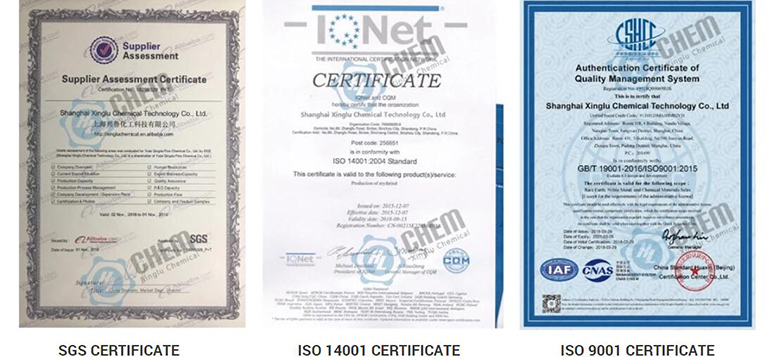
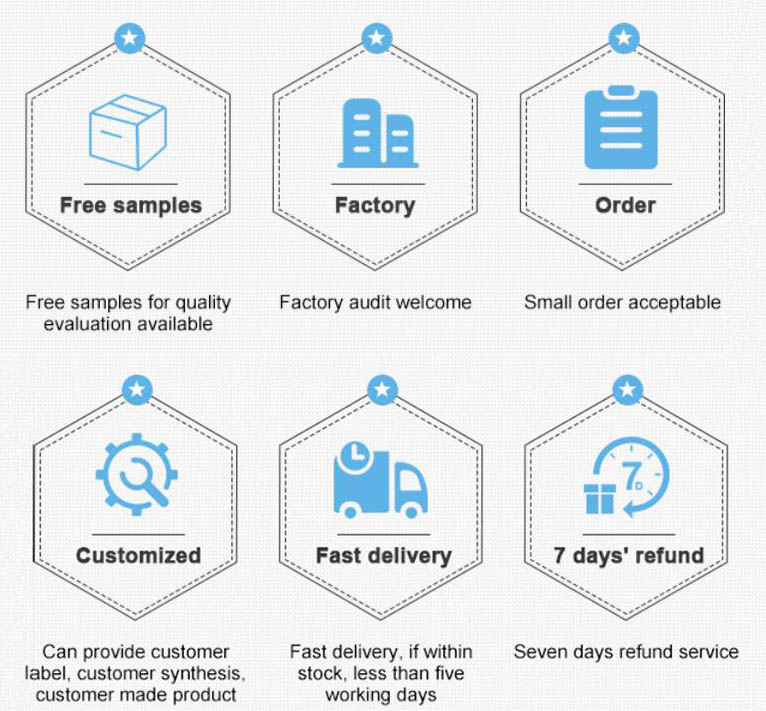
Product recommendation
- English
- French
- German
- Portuguese
- Spanish
- Russian
- Japanese
- Korean
- Arabic
- Irish
- Greek
- Turkish
- Italian
- Danish
- Romanian
- Indonesian
- Czech
- Afrikaans
- Swedish
- Polish
- Basque
- Catalan
- Esperanto
- Hindi
- Lao
- Albanian
- Amharic
- Armenian
- Azerbaijani
- Belarusian
- Bengali
- Bosnian
- Bulgarian
- Cebuano
- Chichewa
- Corsican
- Croatian
- Dutch
- Estonian
- Filipino
- Finnish
- Frisian
- Galician
- Georgian
- Gujarati
- Haitian
- Hausa
- Hawaiian
- Hebrew
- Hmong
- Hungarian
- Icelandic
- Igbo
- Javanese
- Kannada
- Kazakh
- Khmer
- Kurdish
- Kyrgyz
- Latin
- Latvian
- Lithuanian
- Luxembou..
- Macedonian
- Malagasy
- Malay
- Malayalam
- Maltese
- Maori
- Marathi
- Mongolian
- Burmese
- Nepali
- Norwegian
- Pashto
- Persian
- Punjabi
- Serbian
- Sesotho
- Sinhala
- Slovak
- Slovenian
- Somali
- Samoan
- Scots Gaelic
- Shona
- Sindhi
- Sundanese
- Swahili
- Tajik
- Tamil
- Telugu
- Thai
- Ukrainian
- Urdu
- Uzbek
- Vietnamese
- Welsh
- Xhosa
- Yiddish
- Yoruba
- Zulu
- Kinyarwanda
- Tatar
- Oriya
- Turkmen
- Uyghur

